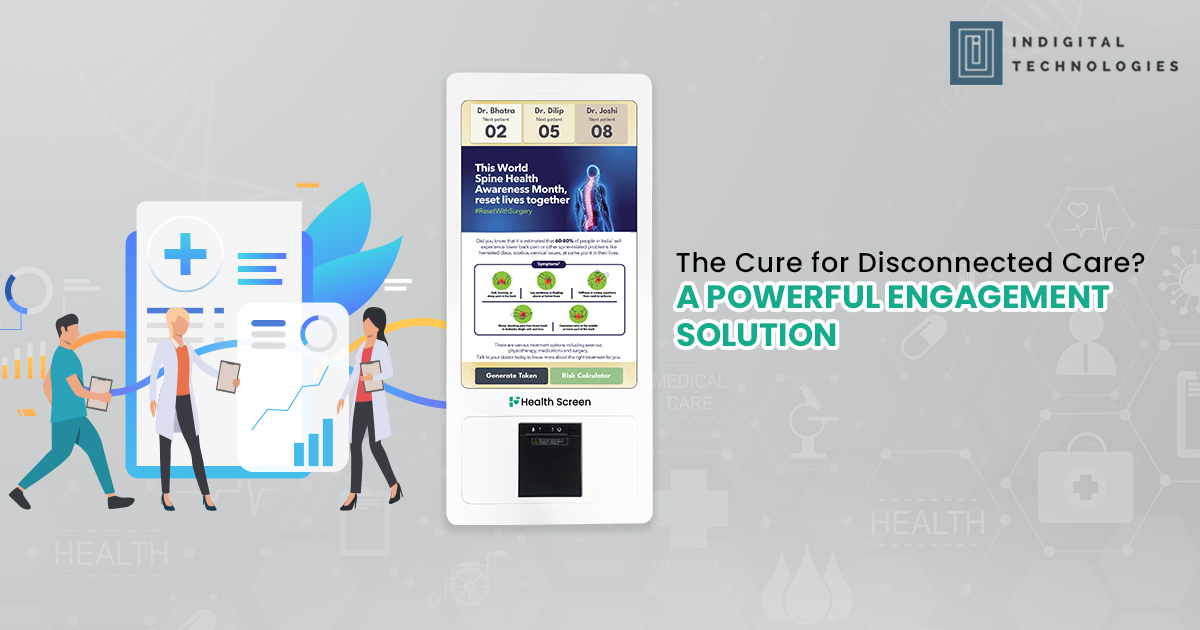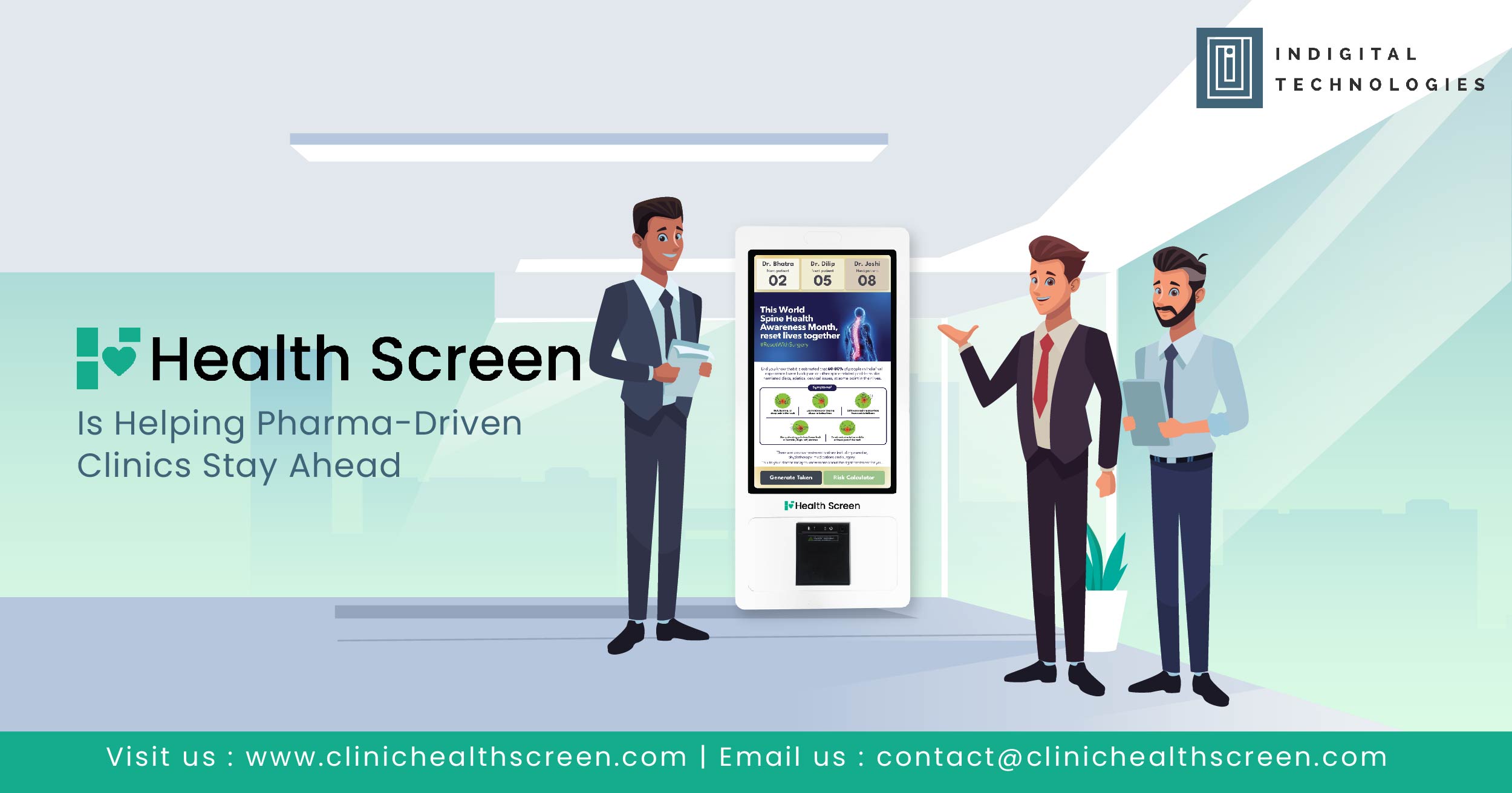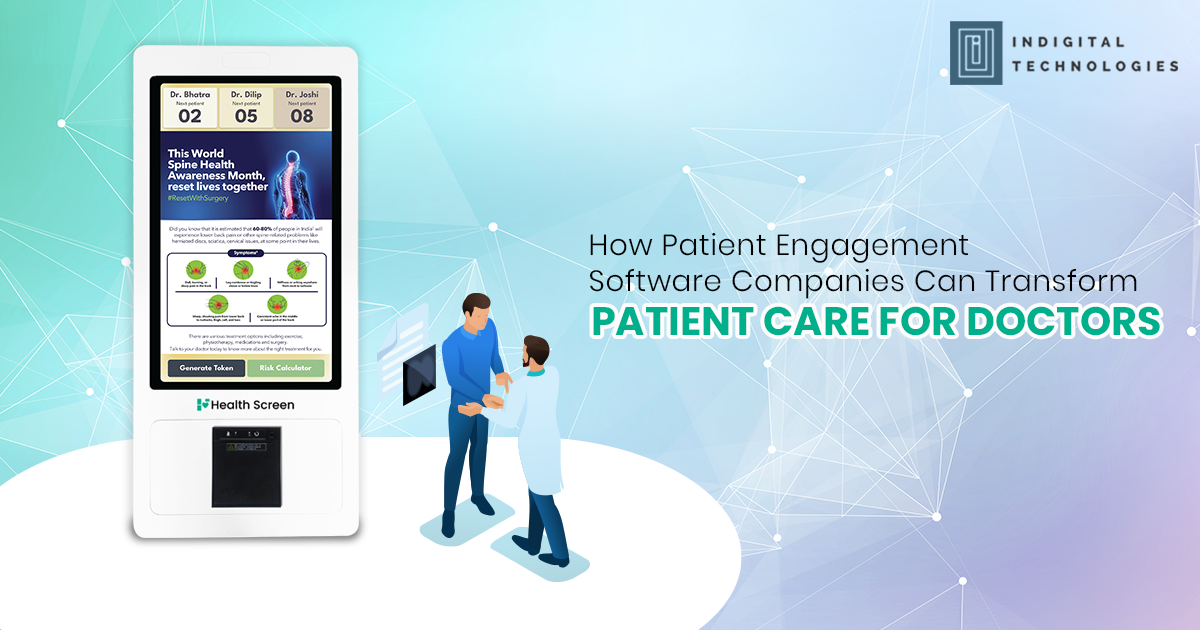In a world where technology touches every aspect of life, healthcare is undergoing a profound transformation. While cutting-edge treatments and diagnostic tools are crucial, they are not enough to guarantee better outcomes or higher patient satisfaction.
At the heart of modern healthcare transformation lies an often-underestimated factor — digital patient engagement.
For hospitals, adopting robust digital patient engagement strategies is no longer a bonus — it’s a catalyst that can redefine how care is delivered, experienced, and measured.
Creating Continuity Beyond the Hospital Walls
Historically, the hospital experience has been episodic: patients are admitted, treated, and discharged. Once they leave, the connection often weakens.
Digital engagement platforms change this dynamic. Hospitals can maintain continuous communication with patients through educational materials, remote monitoring, symptom check-ins, medication reminders, and post-discharge support.
This continuity improves patient confidence, reduces the risk of complications, and strengthens trust between patients and the hospital team.
Empowering Patients to Be Active Partners
A passive patient is a disengaged patient. Today’s healthcare philosophy emphasizes shared decision-making — and digital engagement platforms are key enablers of this shift.
Hospitals that provide patients with tools to access their medical records, understand treatment options, and monitor their progress empower them to participate actively in their care journey. Empowered patients are more compliant, more satisfied, and more likely to achieve better health outcomes.
Reducing Readmissions Through Smart Follow-Up
Unplanned readmissions are a significant burden for hospitals, both financially and reputationally. Many readmissions stem from preventable causes — misunderstandings about post-discharge care, missed medications, or delayed recognition of warning signs.
Through automated follow-up messages, symptom tracking, virtual consultations, and early alert systems, digital engagement tools enable hospitals to monitor patients proactively after discharge.
This early intervention model can significantly lower readmission rates, improve recovery times, and enhance overall care quality.
Standardizing Education and Communication
One of the challenges hospitals face is ensuring that every patient receives consistent, accurate, and understandable information about their condition and treatment plan.
Digital platforms ensure that educational content — whether videos, articles, or checklists — is standardized, personalized, and available in multiple languages if needed.
This standardization not only improves comprehension but also reduces medical errors stemming from miscommunication.
Enhancing Staff Efficiency and Satisfaction
Nurses, doctors, and administrative staff are often stretched thin, especially in high-volume hospitals. Manual processes for patient communication, education, and follow-up can add to their workload.
By automating routine tasks like appointment reminders, health questionnaires, and pre-operative instructions, digital engagement systems free up clinical staff to focus on what they do best: providing high-quality, personalized care.
Staff members who feel supported by technology experience less burnout — ultimately improving the hospital’s working environment and patient interactions.
Unlocking Predictive Insights
Modern digital engagement platforms don’t just collect data — they analyze it. By tracking patient responses, engagement patterns, and health metrics, hospitals can uncover predictive insights.
For example, identifying patients at high risk of non-compliance or spotting early trends in disease progression allows clinicians to intervene earlier.
Predictive analytics transforms hospitals from reactive organizations to proactive health partners.
Building Patient Loyalty and Reputation
In an era where patients have more choices than ever before, loyalty is earned through positive experiences. Hospitals that invest in meaningful digital engagement create smoother journeys, foster deeper trust, and position themselves as leaders in patient-centric care.
Satisfied patients become advocates, referring others and boosting the hospital’s reputation both offline and online.
Conclusion
Digital patient engagement is not just a trend — it’s a transformation.
For hospitals, integrating these solutions into clinical and operational workflows is a powerful lever to deliver better outcomes, greater efficiency, and superior patient experiences.
The hospitals that thrive in the coming years will not be those with the tallest buildings or the most advanced equipment — but those that genuinely connect with their patients, every step of the way.




